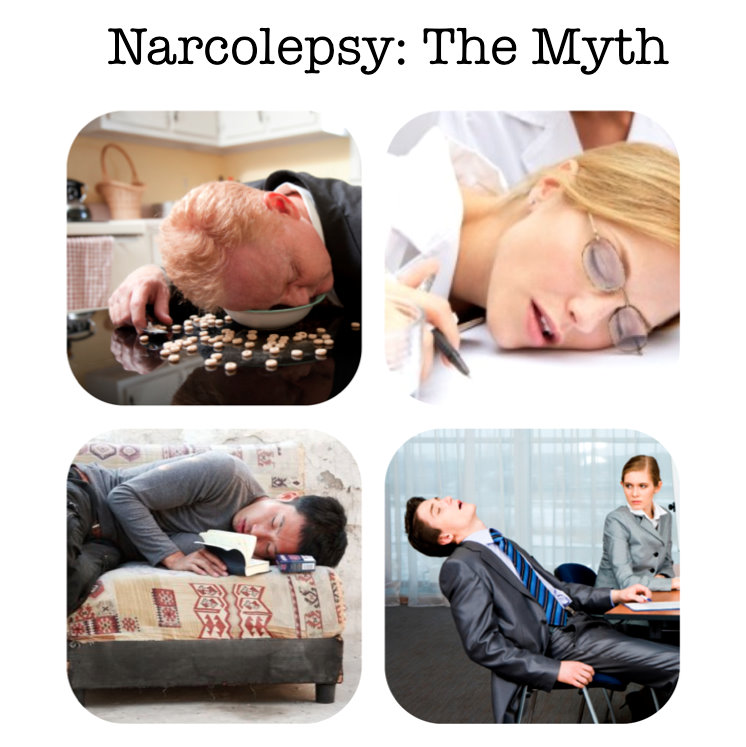

The lack of hypocretin makes it hard for someone to stay awake during the day, blurring the line between wakefulness and sleep. That loss of muscle tone causes you to lose control over your body when you’re awake. It’s the same loss of muscle tone that naturally happens during rapid eye movement (REM) sleep. The loss of muscle tone, cataplexy, happens because sleep and wakefulness overlap in narcolepsy. When it’s in short supply, your brain has trouble regulating your sleep-wake cycles. This chemical, which is produced in a brain region called the hypothalamus, controls sleep and wakefulness. Low levels of the chemical hypocretin cause narcolepsy with cataplexy. You’ll take four or five short naps, usually 2 hours apart.Narcolepsy affects signals in your brain that are supposed to keep you awake. The test takes place during the day to measure your tendency to fall asleep and find out whether certain elements of REM sleep happen at unusual times during the day.

It can rule out other problems that might be causing your symptoms. A PSG can help reveal whether you go into REM sleep at unusual times in your sleep cycle. It’s an overnight test that takes constant measurements while you’re asleep to record problems in your sleep cycle.

If you have a family history of narcolepsy, your risk of getting it is 20 to 40 times higher. Narcolepsy usually begins between the ages of 15 and 25, but it can show up at any age. Risk factors for narcolepsy include your age. They’ve also found problems in parts of the brain involved in controlling REM sleep. Some experts think narcolepsy may happen because your brain has a hard time making a chemical called hypocretin. These genes control the production of chemicals in your brain that may signal sleep and awake cycles. Scientists are getting closer to finding genes linked to the disorder. They think it involves multiple things that come together to cause problems in your brain and disturb your REM sleep. Disrupted sleep: You might have a hard time staying asleep at night because of things like vivid dreams, breathing problems, or body movements.Įxperts don’t know what causes narcolepsy.These episodes usually last a few seconds to several minutes. Sleep paralysis: You may be unable move or speak while falling asleep or waking up.If they happen when you’re waking up, they’re called hypnopompic hallucinations. If they happen as you’re falling asleep, they’re called hypnagogic hallucinations. They’re mostly visual, but any of the other senses can be involved. Hallucinations: These delusions can happen at any time and are often vivid and frightening.It’s often triggered by intense emotions such as surprise, laughter, or anger. Cataplexy: This can cause problems ranging from slurred speech to total body collapse, depending on the muscles involved.You have memory lapses and feel depressed or exhausted. The lack of energy can make it hard to concentrate. Excessive daytime sleepiness (EDS): In general, EDS makes it harder to do everyday activities, even if you got enough sleep at night.In REM sleep, we can dream and have muscle paralysis, which explains some of the symptoms of narcolepsy. In many cases, narcolepsy isn’t diagnosed and therefore isn’t treated. Type 1 narcolepsy comes with a sudden loss of muscle tone that causes weakness and makes you unable to control your muscles (cataplexy). People with narcolepsy go into REM sleep almost immediately in the sleep cycle and sometimes while they’re awake. In a typical sleep cycle, we enter the early stages of sleep, then the deeper stages, and finally (after about 90 minutes) rapid eye movement (REM) sleep.


 0 kommentar(er)
0 kommentar(er)
